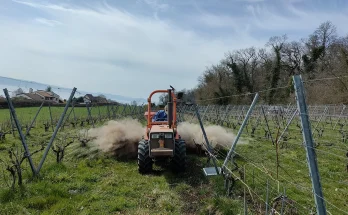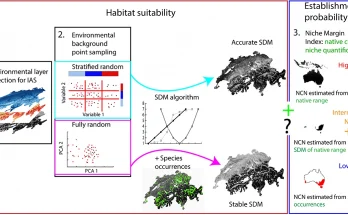Thèse soutenue par Mélina Manzini, le 10 mars 2017, Institut des sciences de la Terre (ISTE)
Olivine hosted melt inclusions are widely used to constrain the primitive melt composition, unaf-fected by sur?cial processes. However, melt inclusions always show larger compositional variations than lavas or glasses. Moreover, the idea of how olivine grows has been largely revisited since the dis-covery of phosphorus (P) zonation in otherwise compositionally homogenous olivines.
Understanding the process of melt inclusion entrapment is thus essential to better constrain what melt inclusion composition represents. Coupling structural observations (elemental X-ray maps, especially from P and nanoSIMS pro?les) with in–situ compositional data (major, trace, volatiles, P contents and oxygen isotope ratios) of melt inclusions and olivine from two different samples from the Atlantic ridge, we show that olivine can suffer from dissolution and re-precipitation after their formation and prior to the eruption. This process is probably due to adiabatic decompression melting.
Melting of olivine, which encompass a rapid growth event and has thus entrapped boundary layers enriched in incompatible elements, can lead to entrapment of melt inclusions with a modi?ed composition. The new melt inclusion will thus have a composition that is not representative of the primitive melt composition, at least for phosphorus. Calculated residence time of olivine within the magmatic sys-tem is in the order of a few weeks to a few months. Melt inclusions are thus probably entrapped at shallow depth (crustal level) and their composition can be modi?ed by processes occuring at crustal level. Those melt inclusions have large oxygen isotope variations uncorrelated with other geochemical indicators.
Such variation might be related to fractionation of oxygen isotope through a thermal gradient in the melt conduit. Melt inclusion composition can thus represent shallow level and local processes and is thus not always representative of the mantle source composition. However, in subduction zones, these processes might be overprinted by the in?uence of slab ?uids. As chlorine isotopes do not fractionate at magmatic temperatures, they should retain the source signature and can thus help to identify the respective contribution(s) of different lithologies to the Cl enrichment of the mantle.
We developed a method and a set of standard to measure chlorine isotope in glasses with SIMS and analysed melt inclusion from 3 different volcanic arcs (Vanuatu, Aeolian and Lesser Antilles). We show that the different arcs have a different ?37Cl signature, which is possibly due to a different geometry in the subduction zone, causing different depth of ?uids release and thus different origins of ?uids (sediments, serpentinites or marine pore ?uids for example).



